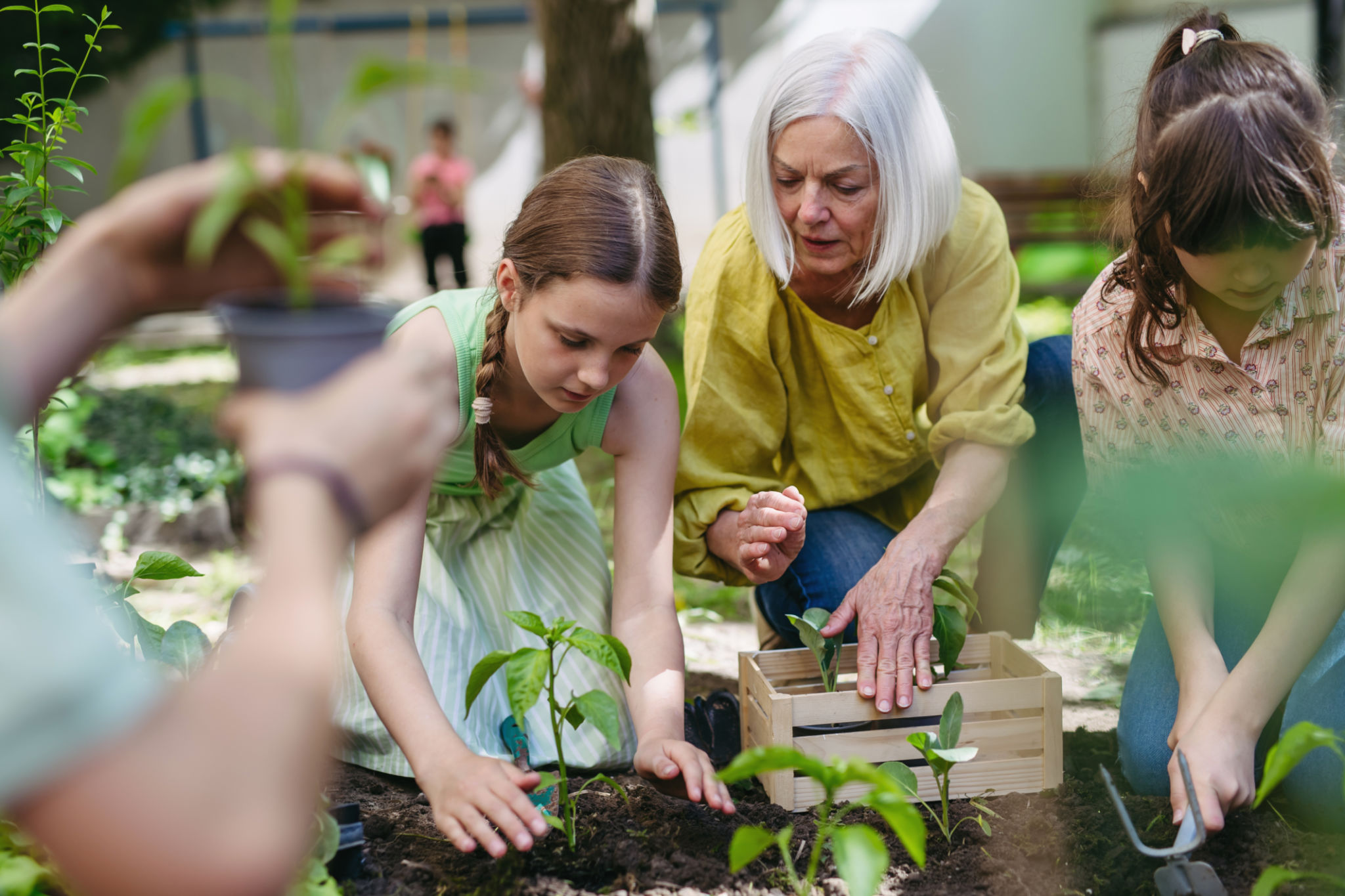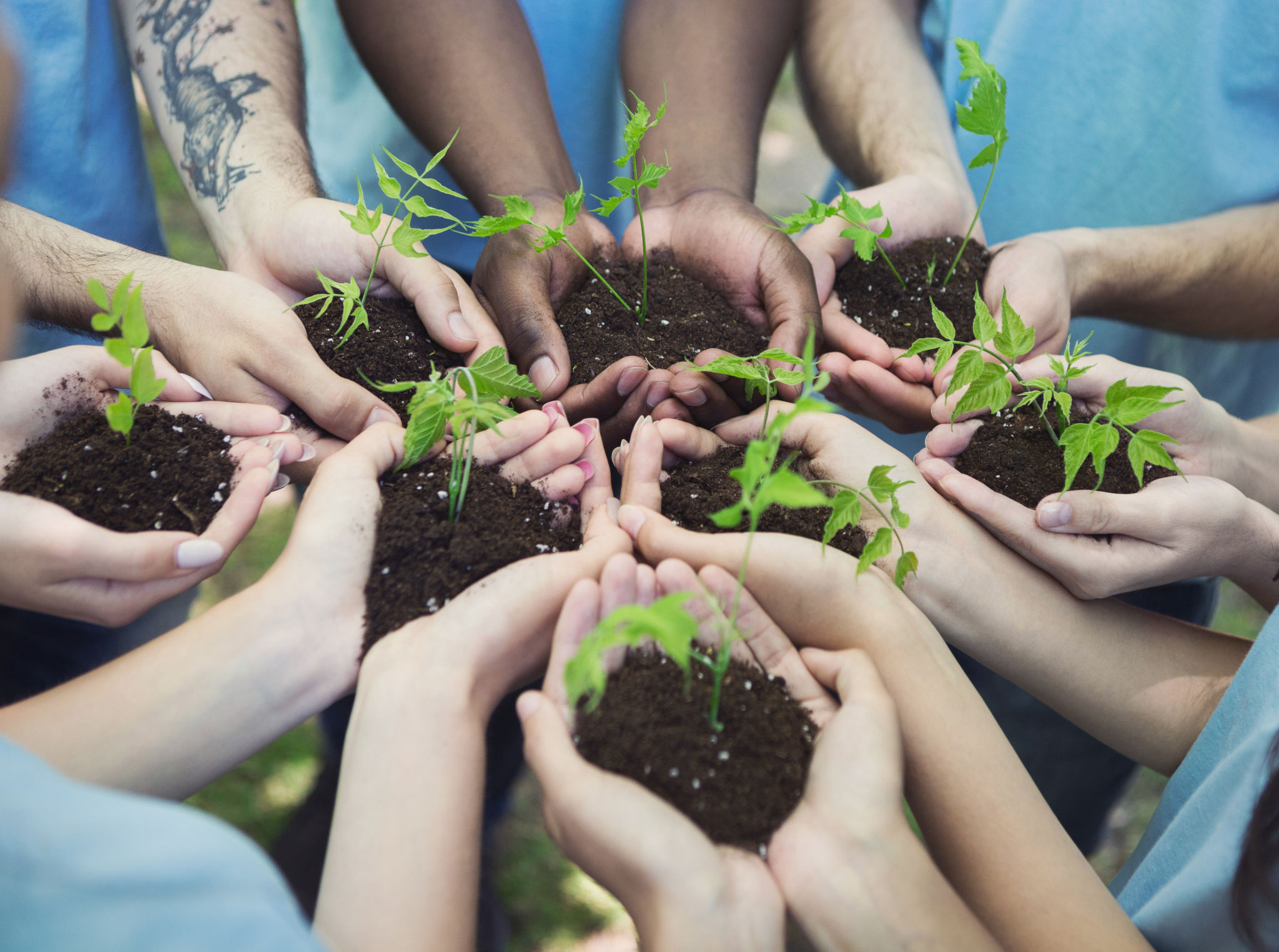A Guide to Starting a Community Garden for Rehabilitation Purposes
Understanding the Benefits of a Community Garden for Rehabilitation
Community gardens have emerged as a powerful tool for rehabilitation, offering individuals a serene environment to heal and grow. These gardens provide a nurturing space that encourages physical activity, social interaction, and mental well-being. By engaging in gardening, individuals can find a sense of purpose and achievement, which is crucial for personal development and recovery.
Research has shown that working with plants can reduce stress, anxiety, and depression. The therapeutic nature of gardening helps individuals develop patience and responsibility while fostering a connection to the natural world. These benefits make community gardens an ideal setting for rehabilitation purposes.

Planning Your Community Garden
Before starting a community garden, it's essential to plan thoroughly to ensure its success. Begin by selecting a suitable location that is easily accessible to all participants. The area should have adequate sunlight, water supply, and soil quality conducive to gardening activities.
Next, determine the goals of your community garden. Are you focusing on growing vegetables, flowers, or a mix of both? Define the purpose clearly, whether it’s vocational training, therapy, or educational programs. Identifying clear objectives will guide your planning process and help attract participants and resources.
Forming a Team and Securing Resources
Building a dedicated team is crucial for the success of your community garden. Identify key stakeholders such as local organizations, healthcare facilities, or rehabilitation centers that can offer support and expertise. Engage volunteers who are passionate about gardening and community service.
Secure necessary resources by seeking donations from local businesses or applying for grants. Tools, seeds, soil, and other gardening supplies are essential for starting your garden. Involving the community can also lead to valuable partnerships and resource sharing.

Designing the Garden Layout
An effective garden layout is vital for functionality and aesthetics. Consider raised beds or accessible paths for individuals with mobility challenges. Ensure there are areas for rest and reflection, such as benches or shaded spots.
Incorporate a variety of plants that cater to different preferences and needs. For example, include aromatic herbs for sensory stimulation or colorful flowers to uplift spirits. A diverse garden encourages exploration and learning while supporting biodiversity.
Implementing Programs and Activities
To fully utilize your community garden for rehabilitation, implement structured programs and activities. Organize workshops on sustainable gardening practices or host therapeutic sessions led by trained professionals. These activities provide participants with new skills and knowledge that can aid their recovery journey.
Encourage collaboration among participants through group projects or community events. This fosters a sense of belonging and teamwork, enhancing the overall rehabilitation experience.

Maintaining and Sustaining the Garden
The ongoing success of your community garden depends on regular maintenance and sustainability efforts. Develop a schedule for watering, weeding, and harvesting to keep the garden thriving. Assign responsibilities to participants to instill a sense of ownership and accountability.
Sustainability can be achieved through composting practices or rainwater harvesting systems. Educate participants on eco-friendly gardening techniques to minimize waste and environmental impact.
Evaluating Success and Making Improvements
Regular evaluation is essential to understand the impact of your community garden on rehabilitation efforts. Collect feedback from participants to gain insights into their experiences and challenges. Use this information to make necessary improvements and adapt programs to better meet their needs.
Celebrate achievements through community gatherings or showcases of the garden's produce. Recognizing progress boosts morale and encourages continued participation in the garden.

By following these guidelines, you can create a thriving community garden that supports rehabilitation goals while enriching lives. The beauty of these gardens lies not just in their physical appearance but in their ability to transform individuals and communities alike.